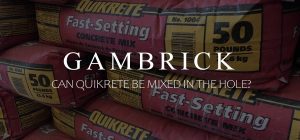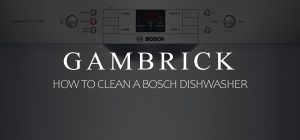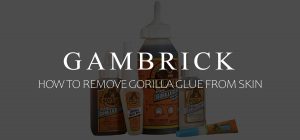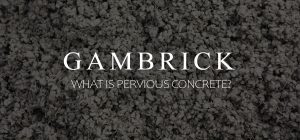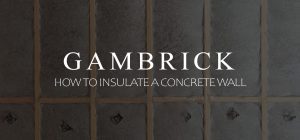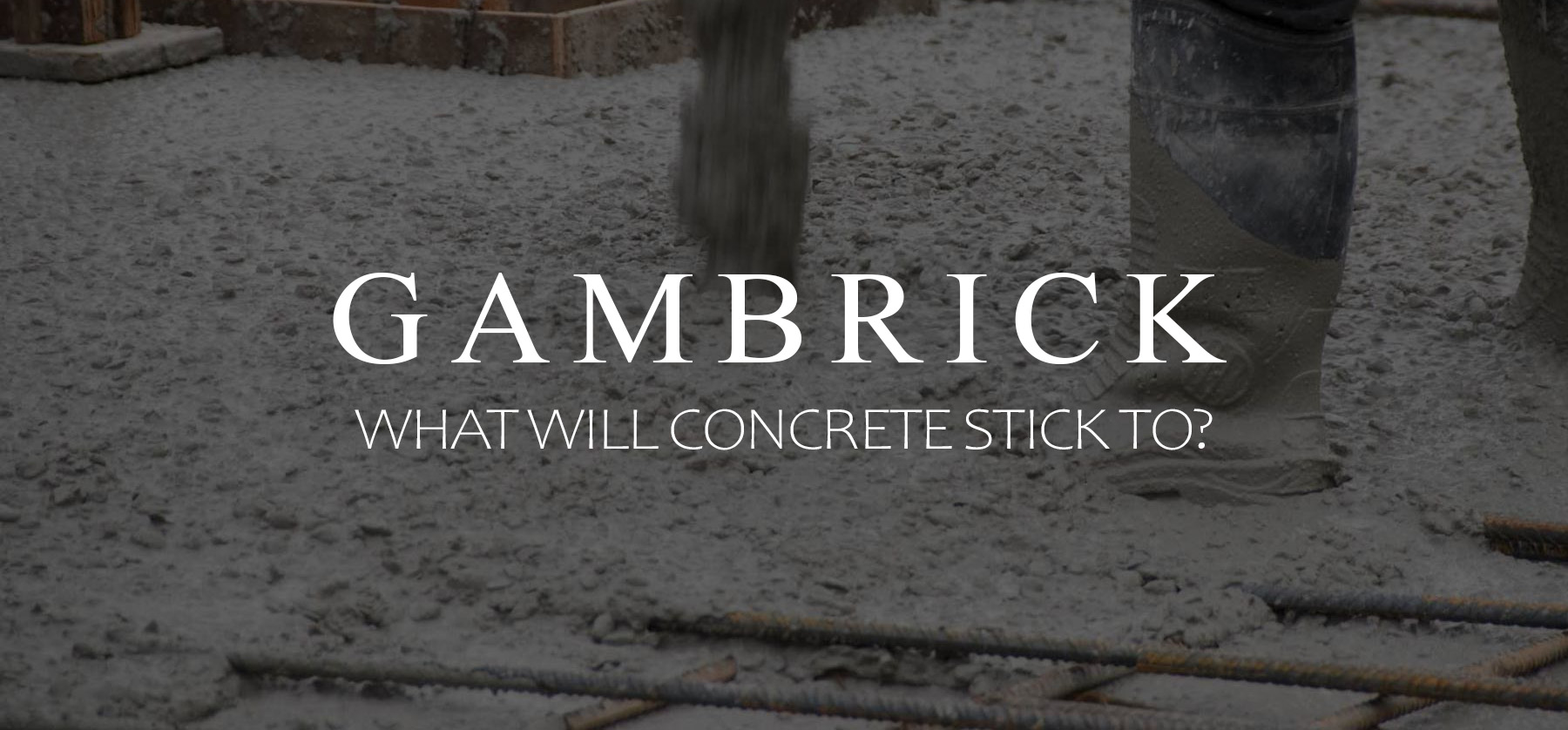
What Will Concrete Stick To?
I’ve been a mason for over 25 years and can tell you firsthand that concrete has lots of great attributes, like strength, durability and resistance to the elements, but what it’s not good at is adhesion. Concrete will stick to some plastics, wood, metal, vinyl, cloth and other porous surfaces, but that’s about it. Concrete won’t stick to molds, smooth metal, glue, paint, oil, mortar, other concrete or most masonry products. If you’re looking for a bonding material concrete probably isn’t the best choice.
Even most adhesives don’t stick well to concrete, they eventually peel, flake, or chip off. But Liquid Nails will stick to concrete if you buy the right formula and conditions are right.
Concrete is one of the most widely used building materials in the world. Foundations, poured walls, footings, sidewalks and driveways are all made out of concrete. But it’s also also used to make small things like countertops, statues and planters.
Concrete is poured wet into a mold or form. Once the concrete dries it also hardens like a rock. The result is a very strong slab that can support a lot of weight. But it’s not very sticky and doesn’t bond well with most materials, including concrete.
If you pour concrete over concrete, it won’t bond on its own. You’ll simply have a slab sitting atop another slab. To make new concrete stick to old concrete, you need a bonding agent.
Understanding what concrete will and won’t stick to is very important when doing masonry work. Especially if you need it to bond with another material, which hard to do without a bonding agent.
Concrete Adhesion
Concrete is made by mixing together cement, stone and sand with water.
- Cement is the active ingredient that binds them all together. It hardens when mixed with water.
- Stone gives concrete its high compressive strength and durability.
- Sand makes the mixture gritty.
None of concrete’s ingredients have any natural bonding ability. In most cases, freshly poured concrete won’t stick to other materials. That even includes other masonry and concrete. To make concrete stick to other materials, you’ll need to use a bonding agent first. After cleaning the surface you want to stick to, use a brush, broom, roller or sprayer to apply the bonding agent.
But what about if you want to prevent concrete from sticking to things?
In some cases, concrete will bond to other materials. To prevent concrete from sticking, you need to treat the surface with a release agent.
A release agent creates a very thin layer of lubrication that concrete can’t stick to. When the concrete is dry, it’ll be easy to separate. Simply apply the release agent with a brush, roller or sprayer before you pour the concrete. I use them in all my concrete molds and forms.
There are a few different types of release agents that include:
- Oil: Blends like linseed oil, mineral oil and paraffin make the surface stick resistant but can sometimes stain the concrete.
- Water: A milder release agent that’s made from plants and won’t discolor the concrete surface.
- Reactive: Fatty acids in the agent chemically react with the alkalinity in the concrete to prevent sticking without staining.
What Will Concrete Stick To?
Concrete can stick to some forms of wood. But the bond isn’t that strong. With a little force the wood will detach from the concrete.
Builders use wood forms to create walls, footings, patios, driveways, sidewalks, etc. out of concrete. Once the concrete has dried the forms are removed. Some times it takes a little force to remove them but they will come off. But banging the wood forms off can damage the concrete. This is where a release agent can help.
To prevent concrete from sticking to wood, use a release agent. I use them for small projects like concrete countertops or if I’m casting a planter but not for larger concrete slabs like footings and walls. If the concrete is thin and without reinforcement or you need a fine surface finish, you’ll need a release agent.
Lumber mills sometimes treat wood with an oil-based blend to make it stick resistant. But these treatments are for larger forms and not molds. It’s good enough to build a sidewalk with but not a finished concrete product. As a general rule, if you care about surface quality use a release agent, if you don’t then use bare wood.
Concrete also sticks to most plastic and some rough metal. This is a common problem when mixing small batches in a plastic bucket.
Concrete also sticks to porous surfaces really well. Especially if there are large enough holes for concrete to work into. The more porous the surface the better concrete will stick.
Vinyl is another substance concrete will stick to. Make sure concrete splatter is washed off vinyl siding or fences right away.
Materials Concrete Will Stick To
- Wood: Concrete stick to most types of wood. The rougher and more porous the wood the better concrete will stick.
- Plastic: If you don’t want concrete sticking to your plastic tools and buckets, use a release agent. Otherwise you’ll be chipping out dry concrete from the surface.
- Porous Surfaces: If a surface is porous, concrete can stick. It works it’s way into the pores and forms a bond.
- Vinyl: Wash vinyl surface like fences and siding off right away to prevent sticking.
- Cloth: Concrete splatter will stick to cloth and tarps.
- Metal: Concrete will stick to most types of rough metal. Just try and get concrete off a piece of rebar once it’s hardened and you’ll see what I mean.
What Will Concrete Not Stick To?
Concrete does not stick to:
- Concrete: To get wet concrete to adhere to existing dry concrete, you need to use a bonding agent first. otherwise you’ll end up with one slab sitting on top of another with a tiny gap in the middle where water can pool. Over time the water can separate the slabs and cause cracks.
- Molds: Most molds are made from rubber which are designed to resist bonding. But I still recommend using a release agent just in case. You don’t want to risk damaging your projects surface when removing the mold.
- Paint: Paint is another material that’s smooth and has no natural bonding agents, so concrete generally won’t stick to it. This is important when repairing an old patio because the paint should be removed first and then a bonding agent should be applied to the surface. If you skip these steps, your repairs will probably crack and chip off.
- Oil & Grease: Oiled surfaces are a form of release agent.
- Glue: Most types of hard glue will resist bonding. Scrape it off before making repairs.
- Masonry: Bricks, stone and mortar are not great at bonding. To make concrete stick to them use a bonding agent.
If you want concrete to stick to another substance, use a bonding agent. Especially if your doing repair work. If you don’t the patch will eventually crack and chip off because it won;t bond with the surface you’re repairing.
How To Make Concrete Stick
Even though concrete is not great at bonding with other materials or surfaces, there are a few things you can do to make it stickier.
- Water: A wetter mix will make it easier for the concrete to seep into fine pores, but it will weaken the concrete. A dry mix is very hard to bond with other surfaces because it can’t seep into pores. You should also wet the surface a little before spreading fresh concrete. Just a small amount of water is needed. Get it damp not soaking wet. This will help the two surfaces stick a little better.
- Additives: You can add in additives to increase the strength of the concrete. I use them when I water down the mix a little to compensate for the strength lost due to using more water.
- Bonding Agents: When in doubt, use a bonding agent. Apply it to the surface with a brush, roller or sprayer before you pour the concrete.
- Rebar: If I’m doing structural work I always bond concrete to other masonry materials with rebar. I do this in addition to using a bong agent. Drill rebar rods into the existing structure and then pour your fresh concrete. This will lock the two structures together. But I still recommend using the bonding agent to prevent small cracks where the two slabs meet.
- Scouring:Scouring the surface of the material you want to stick to is a great way to increase bonding. But it’s not easy to scratch a masonry surface. I usually use an angle grinder to cut some deep lines for the new concrete to bond with.
- Holes: Drilling holes into the existing surface is another way you can get concrete to stick. The fresh concrete will work it’s way into the holes and adhere.
For best results, use multiple methods together.
The Best Concrete Bonding Agent
My favorite bonding agent is made by Quikrete. it’s called Quikrete Concrete Bonding Adhesive and comes in a 1 gallon bucket. You can buy it just about any Home Depot, Lowes or Hardware store or online.
Quikrete 1 Gal. Concrete Bonding Adhesive permanently bonds existing concrete, plaster and stucco to new concrete, plaster and stucco. It can be used indoors and outdoors on new concrete pours 1 in. or thicker. It has very strong adhesion so you don’t have to to roughen up the existing surface before applying new material.
- Used to bond together new and existing concrete, stucco and plaster.
- Paint, spray or roll on.
- For indoor and outdoor use.
- Does not require rough surfaces.
- 3-hour working time.
- Exceeds requirements for type I and type II ASTM C 1059.
The bonding agent is a liquid you apply to the surface of the material you want new concrete to stick to. Apply it with a tough brush, roller or sprayer. You can also mix it with a slurry in place of water. Use two parts cement to one part bonding agent.
One of the best things about Quikrete Bonding Agent is that it doesn’t require you to to scour or roughening the surface before applying. Some other products require scuffing with a wire brush first which can be difficult. But with Quikrete you just pour it on. However the surface does need to be cleaned and free of grease and oils. The adhesive will even cling to smooth surfaces.
Does Concrete Stick To Wax Paper?
Concrete generally will not stick to wax paper. I’ve used it plenty of times to line the bottom of my molds for things like small planters and pots.
Make sure you put the wax paper with the shiny or glossy side facing the concrete. This is that side that’s been coated with silicon. Since silicon i very smooth and a natural release agent, the concrete won’t stick to it. However, if you put the wrong side of the paper facing the concrete, it will probably stick.
Does Concrete Stick To Aluminum Foil?
Don’t use concrete with aluminum foil or other aluminum products. The chemicals used to create cement react with aluminum and start to break down. Every time I’ve tried using aluminum foil with concrete, the foil has deteriorated and been eaten away. It’s a very bad mold liner. If you’re looking for something to line your mold with try wax paper or a release spray.
Why Does Concrete Not Stick To Wood?
Concrete will stick to some types of wood and some it won’t. This is due to a few reasons.
Release Agents: Chemically active release agents react with the alkalinity of concrete to prevent tit from sticking to the wood. They also create their own thin chemical membrane that blocks the concrete from bonding with the wood’s pores. So it’s not the wood that concrete won’t bond with, it’s the release agent. And it can be there whether you applied it or not because some mills will do it for you. Ask you lumber manufacturer whether or not it’s been applied at the factory.
Most exotic natural woods won’t have any agents applied to them prior to resale. But typical building lumber like Doug Fir will.
Smooth Surface: Some wood has a naturally dense and smooth surface and some doesn’t. Wood like Ipe is very dense and very smooth. Concrete will have a very hard time sticking to it. But rougher more porous wood is easier to bond with.
- If you want the concrete to stick, use a naturally rough wood or scour the surface a bit first. You can also drill holes or cut small lines in the wood.
- If you don’t want the concrete to stick, use a denser, smoother wood or a release agent.
Summary: What Will Concrete Stick To?
Concrete is one of the most widely used building materials in the world. Foundations, poured walls, footings, sidewalks and driveways are all made out of concrete. But it’s also also used to make small things like countertops, statues and planters. This is partly due to concrete’s incredible versatility. Pour it wet into any form or mold and it will harden into the shape of the mold. And it has lots of great attributes like strength, durability and resistance to the elements. But what it’s not good at is adhesion. Concrete will stick to some plastics, wood, metal, vinyl, cloth and other porous surfaces. But that’s about it. Concrete won’t stick to molds, smooth metal, glue, paint, oil, mortar, other concrete or most masonry products. If you’re looking for a bonding material concrete probably isn’t the best choice.
Understanding what concrete will and won’t stick to is important. Especially if you need it to bond with another material.
If you have any questions or comments about concrete, email any time.

John Mazzuca | About | More Posts |
Custom Home Builder
John Mazzuca is a custom home designer and builder at Gambrick with over 25 years experience in the construction industry. John has designed, built and/or remodeled hundreds of homes, small buildings, and commercial projects. He writes about business, real estate, home building, and household electronics. His work has been featured in Fox Business, Better Homes & Garden, House Beautiful, and more.







